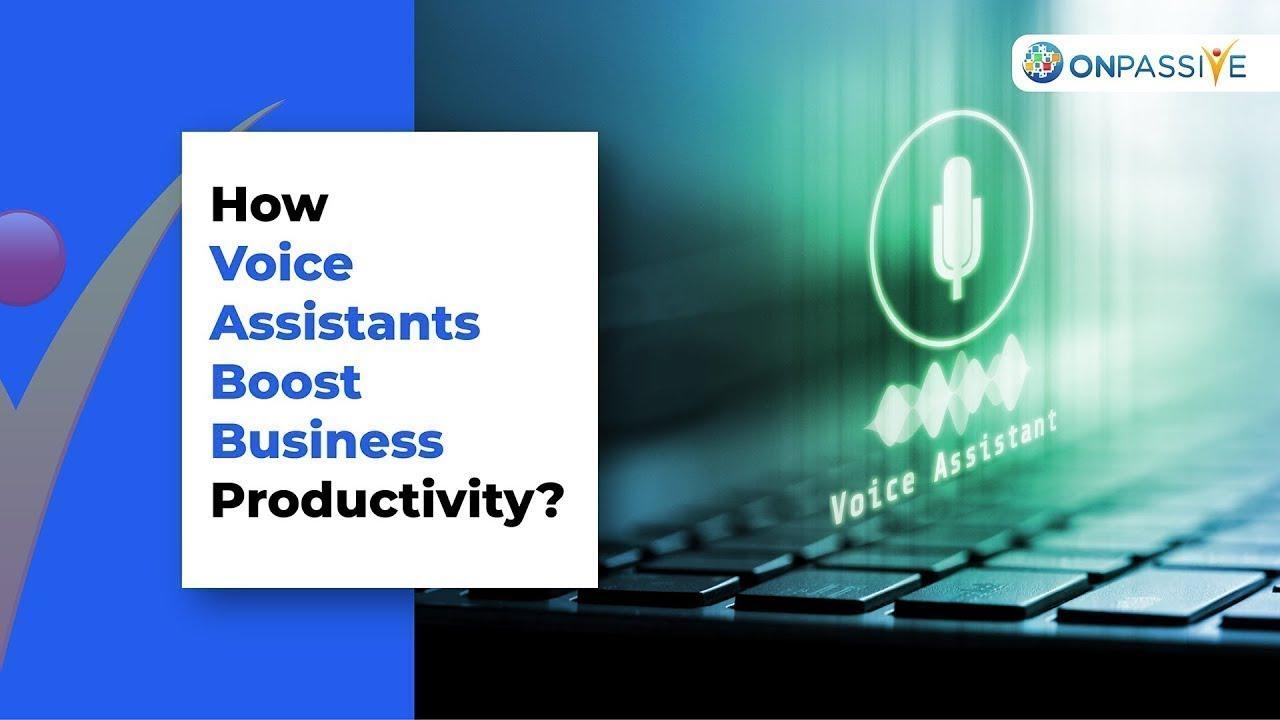Voice Assistants for Business Productivity: Boost Efficiency with AI Tools
In today’s fast-paced corporate environment, leveraging technology to enhance business productivity is no longer optional-it’s essential. Among the tools reshaping how organizations operate, voice assistants stand out as powerful agents of change. These AI-powered digital helpers are transforming routine business processes, driving efficiency, and enabling employees to focus on what truly matters.
What Are Voice Assistants and How Do They Work in Business?
Voice assistants are AI-based software applications designed to recognize voice commands and perform tasks ranging from information retrieval to controlling smart devices. Well-known examples include Amazon Alexa, Google Assistant, Apple’s Siri, and Microsoft Cortana. In business contexts, voice assistants go beyond personal use-they integrate with workplace tools to streamline workflows, schedule meetings, manage communications, and automate mundane tasks.
Key Benefits of Using Voice Assistants for Business Productivity
Implementing voice assistants in your business strategy offers multiple advantages. Here are some of the most impactful benefits:
- Hands-Free Multitasking: Employees can manage tasks while on the move or busy with other activities, improving overall workflow efficiency.
- Time Savings: Quick voice commands accelerate scheduling, note-taking, reminders, and information searches, saving valuable work hours.
- Enhanced Collaboration: Voice assistants integrate with calendars and communication platforms, enabling seamless team coordination and instant updates.
- Improved Accessibility: They assist employees with disabilities, creating a more inclusive work environment.
- Cost Efficiency: Automating routine functions reduces administrative overhead and operational costs over time.
Popular Use Cases of Voice Assistants in Business
Understanding practical applications helps illustrate how voice assistants can be embedded into daily business operations:
| Business Function | Voice Assistant Application | Benefit |
|---|---|---|
| Scheduling & Calendar Management | Set meetings, send invites, and get reminders via voice commands. | Reduces scheduling conflicts and improves time management. |
| Customer Support | Automate FAQs and initial customer interaction with voice bots. | Speeds up response times and reduces human workload. |
| Data Access & Reporting | Retrieve reports or sales data verbally during meetings. | Encourages data-driven decision-making onsite. |
| Task & Reminder Management | Create to-do lists and set reminders through voice inputs. | Keeps teams organized and tasks on track. |
| Hands-free Information Search | Find documents or information without stopping workflow. | Boosts focus and productivity during multitasking. |
Practical Tips to Maximize Voice Assistant Efficiency
To unlock the full potential of voice assistants in your organization, consider the following strategies:
- Integrate with Existing Tools: Ensure your voice assistant connects with calendars, CRMs, email, and project management software for seamless operations.
- Train Employees: Provide training sessions to familiarize staff with voice commands and capabilities.
- Customize Commands: Tailor voice commands to fit your business jargon and processes.
- Address Privacy Concerns: Configure security settings and clearly communicate data privacy policies to users.
- Use in Combination: Pair voice assistants with other AI productivity tools to create an integrated smart workspace.
Case Studies: Successful Adoption of Voice Assistants in Business
Several companies have seen notable improvements by incorporating voice assistants. Here are some illustrative examples:
- Sales Teams at TechCorp: Implemented voice-driven CRM updates, cutting data entry time by 30% and improving pipeline accuracy.
- Marketing at MediaWave: Used Google Assistant to schedule social media posts and reminders, increasing campaign timeliness and team coordination.
- Customer Service at FinServe: Integrated Alexa Skills for voice-based FAQs, reducing call center volume by 20% and speeding up resolutions.
Overcoming Challenges When Deploying Voice Assistants in Business
Despite the benefits, some businesses encounter hurdles such as:
- Accuracy & Understanding: Background noise or diverse accents can affect recognition accuracy, requiring continuous tuning and updates.
- Security & Privacy: Sensitive business data risk exposure if voice assistant platforms lack robust encryption.
- User Adoption: Resistance to change or lack of confidence in voice technologies may slow uptake.
Mitigation involves careful technology choice, employee engagement, and regular assessment of voice assistant performance.
Future Trends: What’s Next for Voice Assistants in Business?
As AI continues to evolve, voice assistants are expected to become smarter, more conversational, and better integrated with complex business systems. Advancements like natural language processing, voice biometrics for security, and predictive analytics will further enhance their value, making them indispensable productivity partners.
Conclusion: Embrace Voice Assistants to Propel Business Productivity
Voice assistants are no longer futuristic novelties-they are practical, accessible tools that can significantly enhance business productivity. By embracing voice technology, companies can streamline workflows, reduce busywork, and empower their teams to work smarter, not harder. Whether by automating routine tasks, improving communications, or supporting data-driven decisions, voice assistants are revolutionizing how businesses operate in the digital age.
Start exploring which voice assistant fits your business needs, and take the first step towards a more efficient, connected, and productive workplace today.









